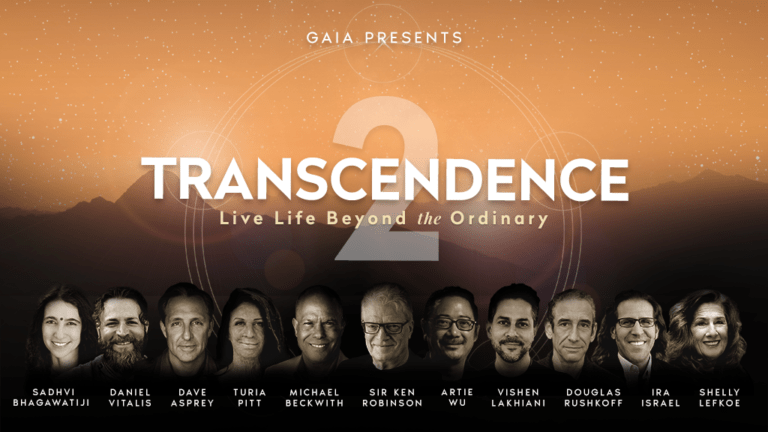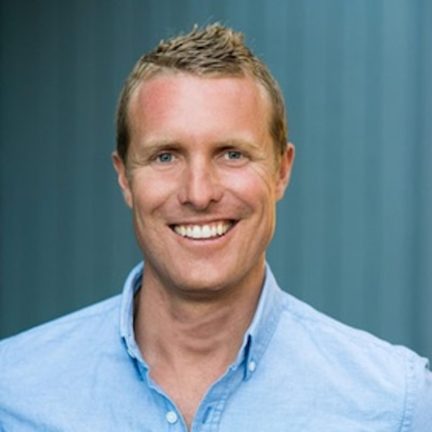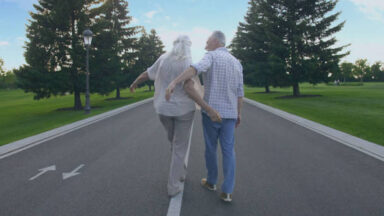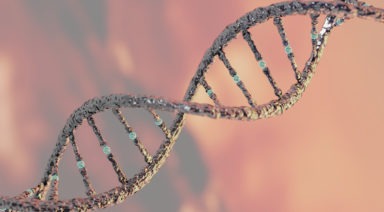The Impact of Stress & Negative Thinking on Your Brain

According to the World Health Organisation (WHO), stress is the health epidemic of the 21st Century. Now so, more than ever, we’re experiencing a heightened sense of physiological and mental stress that makes us more vulnerable to disease, infections, and viruses.
The stress hormones that we produce are effective in shutting down the immune system, which explains why it’s so common to end up with a cold or the flu after prolonged periods of stress.
It’s no secret that stress is bad for us, but did you know that how you respond to stress along with your mindset has a powerful impact on our health?
In the latest season of Transcendence 2, award-winning author Dawson Church, PhD., discusses the impact of long term stress and anxiety on the brain. Through his life-long research into gene expression, he shares exactly how our mindset and stress-response can hardwire the brain and create our ‘reality.’
High levels of cortisol, which is the hormone produced by stress, and negative thought patterns can trigger gene expression and result in a cascade of biological effects. Reduced muscle mass, reduced bone density, increased skin wrinkling, and degradation of digestion are typical of long term stress.
However, if we can learn to respond to stress and negative thought patterns with a new outlook by harnessing the power of our thoughts, we can begin to undo these biological effects.
Discover more in the worldwide, online premiere of Transcendence 2
Alongside Dawson, in Episode 3 of Transcendence 2, you’ll hear from Bradley Nelson, Ira Israel, Nick Ortner, Scarlett Lewis, Jennifer Partridge, Philip McKernan, and Kim Morrison to explore how meditation, forgiveness, and the ancient science of Tapping can help to reduce stress, negative thinking, and start us on our healing process.
In Episode 3 “Emotional Healing & Overcoming Trauma,” you’ll learn:
- How our thoughts and emotions impact our biology.
- The ancient healing technique that is set to reshape modern therapy.
- How you can start using this proven technique today to overcome emotional trauma, stress, depression, anxiety, PTSD, pain, and other health ailments.
- How to improve your overall well being, by uncovering and releasing trapped negative emotions from your body.
- How meditation, life visioning, self-acceptance, and forgiveness can help you let go of your past and manifest a future of your dreams.
The worldwide premiere screening of Transcendence Season 2 begins on Monday, May 18.
Get access to all 5 fascinating episodes by saving your spot here.
Study Finds Significant PTSD Relief Through Lucid Dreaming

A groundbreaking new study of lucid dreaming suggests that people can heal psychological trauma while they’re asleep, and may even show potential for healing on the physical level.
A lucid dream is one in which you’re actively aware that you’re dreaming and may even have some control over what happens. While scientists have been studying this fascinating phenomenon for decades, recent research focus has shifted to the potential for healing within this state.
Charlie Morley has taught thousands of people worldwide how to lucid dream and was involved in the most recent study of lucid dream healing conducted by the Institute of Noetic Sciences (IONS).
“Lucid dreaming is like being conscious within the unconscious mind, so there’s a whole host of healing benefits that we can gain from lucid dreaming,” Morley said. “In fact, many of the things you can treat through hypnotherapy, you can also treat through lucid dreaming. Now, there are some very interesting studies and preliminary research that points to lucid dreaming being one of the most powerful interventions for people with nightmares and especially PTSD-triggered nightmares.”
In the IONS study, a group of 49 people with diagnosed Post-Traumatic Stress Disorder were given instruction by Charlie into lucid dreaming. Over the course of one week, they were taught various induction techniques with a specific emphasis on making a dream plan for healing.
“So the techniques that we used for this study started with the basics — keeping a dream diary, learning to check dreams signs, reality checking during the day, all of your classic lucid dreaming techniques — but what we placed a lot of emphasis on was the dream plan; planning what you want to do in your first or next dream,” Morley said.
“If I were to become lucid within those recurring nightmares, what could I actually do to help affect healing? What we discovered was that simply by becoming lucid in a recurring PTSD nightmare, that already had a healing response, because it’s like ‘Oh, wow, I’m not really back in Iraq, I’m simply dreaming I’m back in Iraq.’ But once we trained people, not only to get lucid and know that they’re dreaming but to then intentionally interact with the source of their fear, or the source of their trauma, or the thing that they’ve been running from in their nightmares, to actually turn and face it had a really powerful healing response. We had some really good data that we gathered from that.”






































